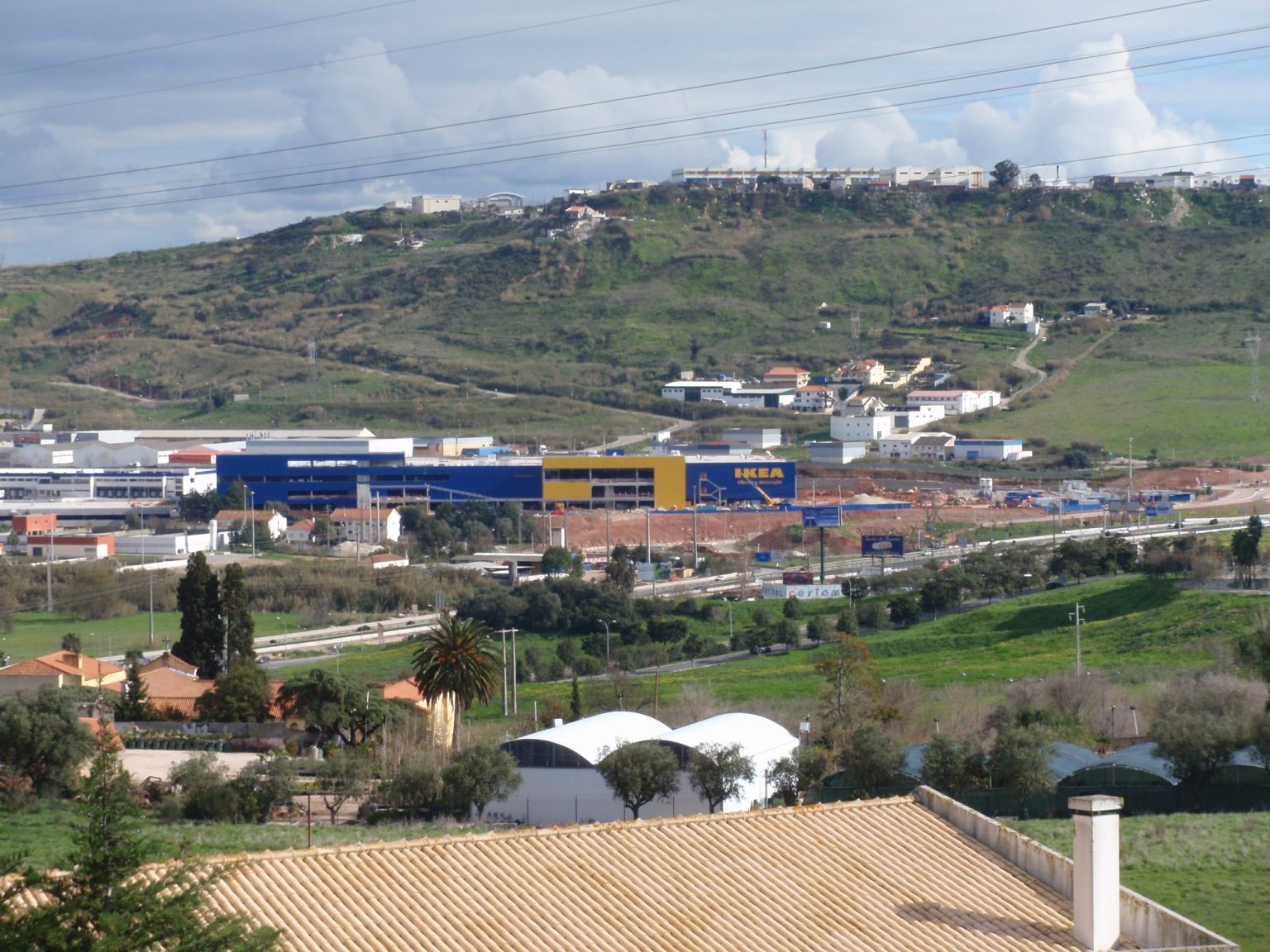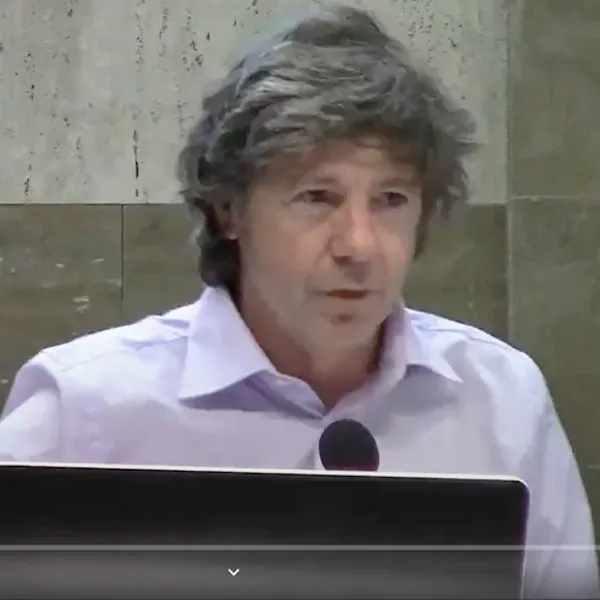Europe consists of about 50 states, 27 of which are members of the European Union. So, what we see on the far right are ‘50 shades of brown’, so to speak.
It is doubtful that one and the same notion can be applied to such a wide range of phenomena. However, even more doubtful appears the notion of ‘right-wing populism’, because it immediately provokes the question whether such a thing as ‘left-wing populism’ exists.
Mainstream political science summarises under ‘right-wing populism’ political parties of a relatively new breed, which successfully challenge the liberal hegemony. If this observation is correct, and I think it is, then we must analyse this new right in the context of a rivalry among different fractions of the capitalist elites, which wrestle over how to govern in circumstances of a deepening political and economic crisis.
It is true, that success of popular left parties draw on the same crisis of liberal hegemony. Yet, what left endeavours, is empowering the people and bringing about true social and ecological progress, which is exactly the opposite of what so-called right-wing populists are aiming at.
Obviously, the underlying definition of populism as a style of politics, being available for both the right and the left, misses due to its purely formal character is the essential difference between right and left.
So, what is it?
On the far right, we have parties like FIDESZ of Hungary or the Law-and-Justice Party (PiS) of Poland, which have efficiently exploited the painful transformation of the Soviet-style system into brutal neoliberalism, a process, which ironically has taken place under the leadership of post-communist parties, which have turned into neoliberal social democrats. We find neo-fascist mass parties in France (Rassemblement National, RN, initially Front National) or in Italy (Lega) benefiting from the disenchantment with social democracy while in some of the rich countries of the EU (Scandinavia, Germany, Austria) right-wing parties tap on the fears of middle classes which rightfully are afraid of social decline.
We should use the term fascism very cautiously, both in general and in these particular cases. First, because it would be an expression of despair to write off 20 percent of a country’s electorate as ‘fascist’. Fascism is a historic term. It cannot be detached from the Shoah, the war and all the ferocious crimes, which fascists have committed wherever they came to power. Yet, there is another side of the coin. If you read the classical texts from the 1920ies and 1930ies, e.g., those by Arthur Rosenberg, Otto Bauer, Walter Benjamin, Käthe Leichter, Leon Trotsky and others, you are stunned by how much the fascist movements before coming to power resemble the phenomenon which today’s political science calls right-wing populism.
Indeed, historic fascism was the product of an unprecedented crisis of capitalism. Disturbing parallels to today’s situation in Europe suggest themselves in this respect. Europe finds itself in a process of transformation for which it is neither economically nor politically nor mentally prepared. The crisis affects the entire society, because it also erodes the basis of the welfare states on which the class compromise rests, which the social democrats were part of.
In this particular juncture, two political options crystallise among the elites: One is the attempt to muddle through by gradual adaptations and a careful balancing of national interests with the necessity of an enhanced European governance. The other is the authoritarian exit from the crisis, the strengthening of the nation states, which necessarily yields nationalism and anti-Europeanism, risking the re-emergence of the old imperialist cleavages among European states. Which of these concepts will prevail in the end is still a pending question.
This has nothing to do with conspiracies among the ruling classes but rather with a competition between different bourgeois parties, among them the far-right ones, to secure the financial and media support of the elites. As said before, speaking of fascism is politically not helpful. Yet, the analytical notion of fascism is relevant, since it clarifies that the independent variable in the equation which determines the fortunes of the far right is the relative weight of the interests and alliances of particular fractions within the ruling class.
The distinction here resides in the relation to the state. Any movement, which is fascist in its essence, aims at changing the character and structure of the state apparatus. This can occur in a ‘revolutionary way’ as in Germany in 1933 or by gradual institutional change, something we might nowadays be witnessing in Poland and Hungary. The goal, in any event is to cripple the rule of law, and to narrow and abolish the space for organized political and cultural opposition in order to shield the power of the group of capitalist kleptocrats around the ‘national leader’.
What about the working class?
The role of the working class is a big, ideologically controversial issue, particularly in France. Since the rise of the far right and the decline of the Communist Party (PCF) took place simultaneously, one is tempted to conclude that it were the former Communist voters who are responsible for the strength of the RN.
However, this is a misinterpretation of a statistic correlation. Even the notion ‘working class’ is deceptive, since in electoral behaviour there exist considerable differences between the so-called working class voters due to gender, regions, educational levels, industrial sectors, and the quality of job security.
There exists empirical research with remarkable findings. First, the allegedly direct exchange of votes between the far right and the Communist Party is a negligible exception. The typical case is that the voters of the left, disappointed by the governments formed by the Socialist Party (PS) and the PCF, abstained while the Rassemblement National collected right-wing votes of the working class, which had always existed.
When you finetune the analysis, you find clear-cut political and ideological distinctions between workers who are prone to vote for the RN and those who vote for the left. The left did not become right and the right did not become left.
In a survey conducted by Espaces Marx on the day of the first round of the presidential elections of 2016, in which Jean-Luc Mélenchon and Marine Le Pen almost equally scored 20 percent a clear right-left-cleavage surfaced. While Le Pen’s voters declared ‘security’ and ‘immigration’ to be their decisive electoral motives, concerns about ‘health care’, ‘the environment’ and ‘social security’ were the main triggers of Mélenchon’s voters.
In the national scope, Mélenchon outperformed Le Pen among females, voters with a migratory background and precariously employed people.
However, interestingly in the north of France, which is particularly affected by the crisis, three structural parameters seem to distinguish their electorates. 1. Educational levels: the higher educated the workers were, the more they voted for Mélenchon; 2. the stability of the work contract: the more stable the work contracts the stronger was the inclination to vote left; and finally, 3. the more an industrial region or branch was exposed to global markets the greater was the inclination of workers to vote for Le Pen.
In one word, the allegation that the French working class has whole-sale become far right is a gross oversimplification and does not stand up to empirical scrutiny.
Responses by the left
The way in which the left responds to the challenge by the far right differs, according to the political currents and national traditions. Typically, three kinds of practices can be observed:
A sort of spontaneous, anarchistic antifascism arises from the confrontation with militant neo-fascist fringe groups. The declared goal here is to deny the neo-fascists access to the public space and even to confront them physically when they try to enter it. Neo-fascism is understood as an organic part of the bourgeois state, which itself could be struck by fighting its spearhead, fascism. Antifascism and anti-capitalism tend to be regarded as synonymous which is why broader political alliances are refuted.
Another response is the juxtaposing of socio economic interests of the working classes with the defense of human rights, gender equality and the solidarity with migrants and refugees as if the working class would not consist of different layers including, of course, women, migrants and minorities.
The mirror-inversion of this position is the one the moderate left-liberal opposition against the far right. It perceives it as a social pathology, generated by irresponsible populist leaders who appeal to the baser human instincts of the allegedly uneducated underclasses. Yet, no connection to capitalism and neoliberal politics is made, which is why the ultima ratio is seen in the strengthening of the political centre parties as the ‘lesser evil’, i.e., parties which, unfortunately, are sliding more and more to the right, thus increasing the evil themselves.
The question that arises objectively is that of the relationship between socio-economic issues of class and the struggles for human rights, solidarity with refugees, democracy, gender equality and the ecological transformation of our civilization.
I think it is wrong to summarise and devalue the latter under the term ‘identity politics’, because the universal struggle for human dignity is in the objective interests of the working class. The sometimes evoked contrast between class and alliance politics is fatally reminiscent of the opposition in the 1930s between the strategies of ‘class against class’ and ‘popular front’.
There is no point in neglecting one of these aspects, but rather in finding a right combination between modern class politics and the readiness to enter into the broadest possible political alliances, embracing feminism, solidarity with the refugees, as well as the ecological movements which address the essential question of our civilization.
There exists no reason to suggest that uniting, on the basis of humanist values, could hamper class consciousness. On the contrary, it could even help in understanding that today’s working class as multinational, multi-ethnic, female, unemployed, self-employed, living in precarious conditions, working in the care sector, in private sector as well as in public services.
Let’s remember, that antifascism always has embraced a cultural struggle. It ought to do so today all the more, as neoliberalism has been continuously eroding humanistic values, thus paving the way for all kinds of nationalism and fascism. Culture — understood in a broad sense — represents a huge resource of humanism and unity since it can explore the germs of a new solidaristic way of living.
Originally published in: Quistioni 1/2021 (modified). Republished from Transform!Europe’s site.
Photo: (source: The Barricade)









